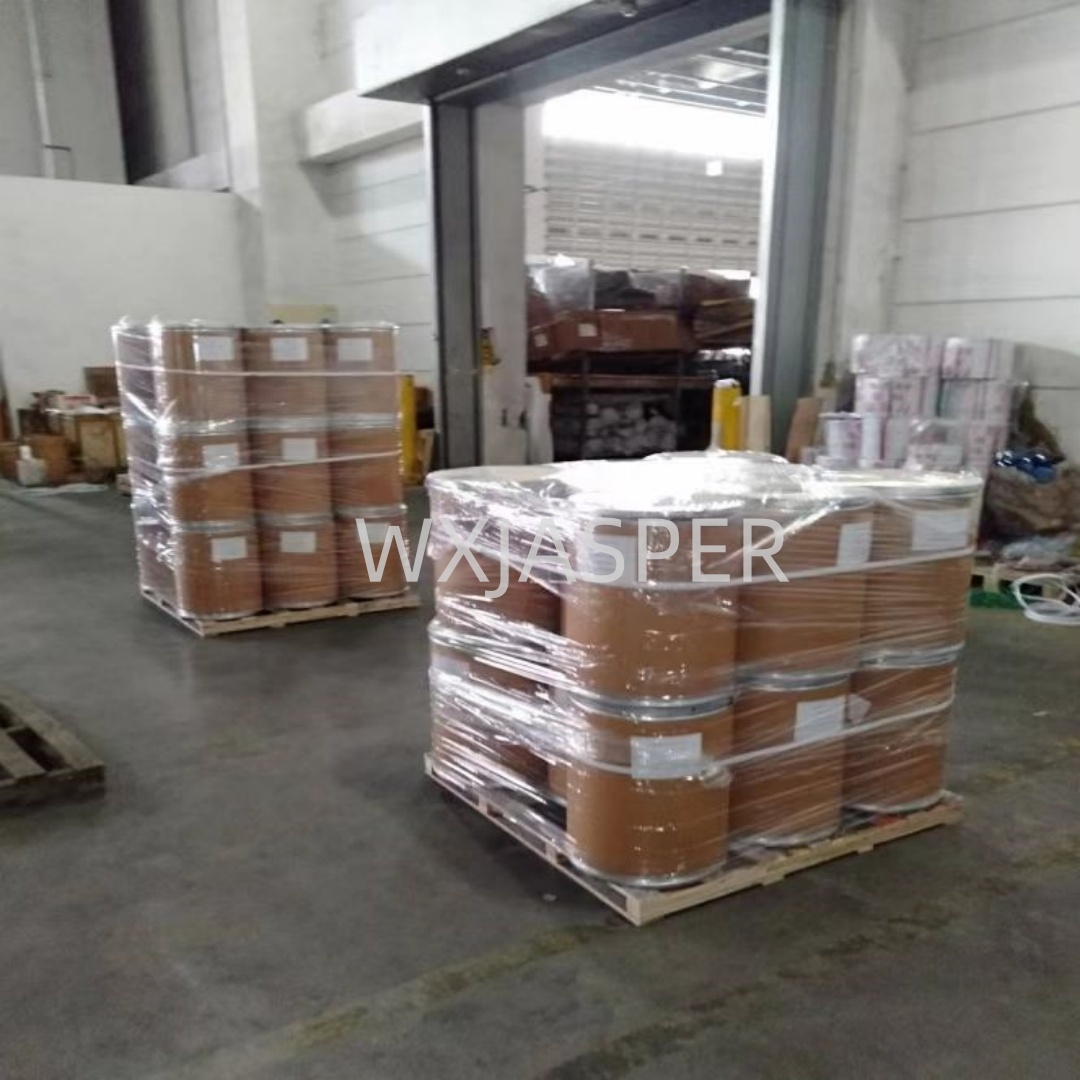Product Details
CasNo: 110615-47-9
MF: C18H36O6
Appearance: paste
Delivery Time: 15 days
Packing: 25kg/drum
Purity: 50%
1. Basic Information
- Synonyms: Decaglucosyl lauryl ether; APG1200 (common industrial grade)
- CAS Number: 110615-47-9
- Chemical Formula: C18?H36?O6?
- Molecular Weight: 348.47 g/mol
- Appearance: Colorless to pale yellow liquid or paste (usually 50–70% aqueous solution in industrial products)
- Odor: Mild, sweet, fatty scent
2. Physicochemical Properties
|
Property
|
Specification
|
|
Solid Content
|
50–70% (mass fraction)
|
|
pH Value
|
7.0–10.0 (1% aqueous solution, 25℃)
|
|
Viscosity
|
1000–2500 mPa·s (at 20℃)
|
|
Density
|
1.05–1.10 g/cm³ (at 25℃)
|
|
Boiling Point
|
301℃ at 101.3 kPa
|
|
Surface Tension
|
29.5 mN/m (1 g/L solution, 23℃)
|
|
Cloud Point
|
None (stable across wide temperature ranges)
|
|
Solubility
|
Highly soluble in water; compatible with common organic solvents
|
3. Key Characteristics & Advantages
- Mild & Skin-Friendly: Lauryl Glucoside is non-toxic, hypoallergenic, and biodegradable, making it suitable for sensitive skin, baby care, and organic products. Its irritation level is significantly lower than traditional surfactants like Sodium Lauryl Sulfate (SLS).
- Versatile Performance: Combines features of non-ionic and anionic surfactants, offering excellent detergency, foaming, emulsification, and wetting properties. It stabilizes foam in hard water and maintains performance across a wide pH range (3–12).
- Eco-Friendly: Derived from renewable raw materials—coconut oil (lauryl alcohol) and glucose (from starch crops)—it fully biodegrades in natural environments, meeting global green chemistry standards (e.g., EU ECOCERT, USDA BioPreferred).
- Compatibility: Blends seamlessly with anionic, cationic, and other non-ionic surfactants, enhancing synergistic effects. It also works well with polymers, enabling easy thickening of formulations.
4. Manufacturing Processes
Lauryl Glucoside is produced via glycosylation reactions between lauryl alcohol and glucose, with two main methods:
- Direct Glycosylation: Glucose and lauryl alcohol react directly under an acidic catalyst (e.g., p-toluenesulfonic acid). Water is removed during the reaction to drive the process forward. This method is cost-effective for large-scale production but requires careful control to avoid by-product formation.
- Transglycosylation (Two-Step Process):
- Step 1: Glucose reacts with a short-chain alcohol (e.g., butanol) to form a low-carbon alkyl glucoside.
- Step 2: The low-carbon glucoside undergoes transglycosylation with lauryl alcohol, replacing the short-chain group. This method yields higher-purity products, ideal for high-end applications.
5. Application Fields
Personal Care Industry
- Shampoos & Conditioners: Provides gentle cleansing, rich foam, and reduces static, suitable for all hair types.
- Body Washes & Hand Soaps: Offers mild, non-drying cleaning, making it popular in natural and organic skincare products.
- Facial Cleansers: Removes dirt and makeup without stripping natural oils, perfect for sensitive or dry skin formulas.
Home Cleaning Industry
- Dishwashing Liquids: Efficiently removes grease, rinses cleanly, and is safe for food-contact surfaces.
- Laundry Detergents: Enhances stain removal and reduces fabric static, especially in eco-friendly laundry products.
Industrial Applications
- Textile Processing: Acts as a scouring agent, wetting agent, and dyeing assistant.
- Agriculture: Used as an emulsifier in pesticide formulations, improving spray adhesion and efficacy.
- Metal Cleaning: Removes oil and grime from metal surfaces, even in alkaline or acidic conditions.
6. Storage & Handling
Storage: Store in a cool, dry place away from direct sunlight, at temperatures between 5–35℃. Avoid freezing, as crystallization may occur below 5℃; gently warm (≤40℃) to restore fluidity.
Packaging: Typically available in 25L plastic buckets, 200L drums, or 1000L IBC totes.Shelf Life: 24 months when stored properly.???????
Safety: Non-hazardous; however, avoid contact with eyes. In case of contact, rinse thoroughly with water.???????
Lauryl Glucoside’s unique combination of mildness, performance, and sustainability makes it a top choice for manufacturers seeking green, high-quality surfactants.


